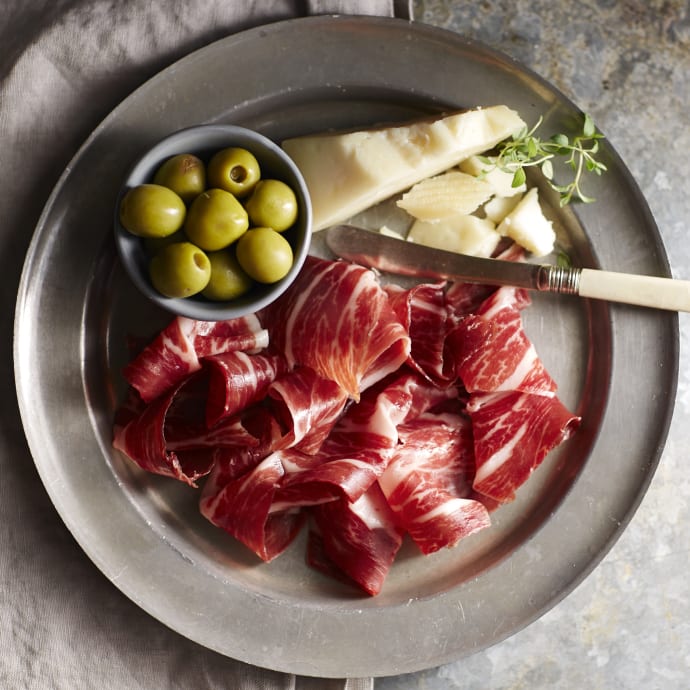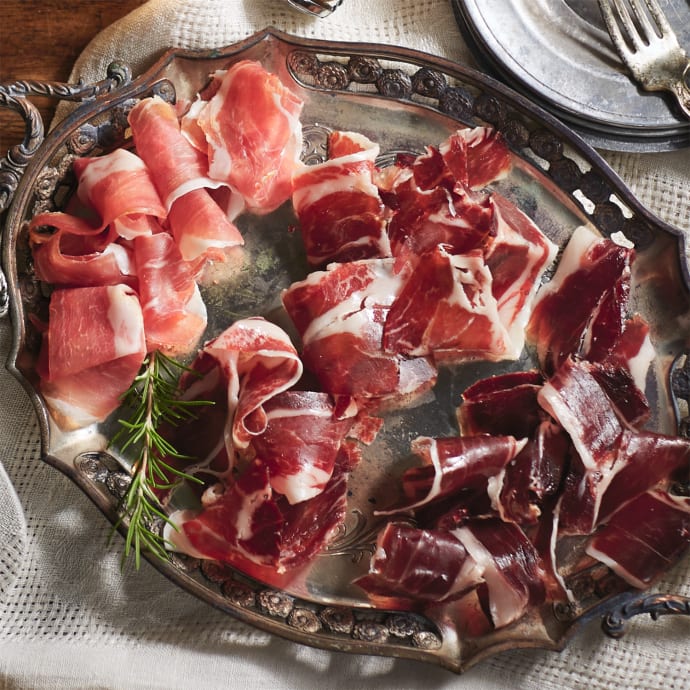Florence Fabricant
Sometimes the federal Department of Agriculture can be tough on connoisseurs. Its rules, set to protect the health of Americans and American crops, often mean that specialty foods cannot be sold unless strict conditions are met.
The Sichuan peppercorn is a case in point. Since 1968 it has been illegal to import this spice, the dried berry of the prickly ash tree, because it might pose a threat to the American citrus industry. The trees can harbor a canker, harmless to humans but contagious among plants and for which there is no known cure. It has not been proven that the dried berries can transmit the disease but it is so devastating that about three years ago the Department began enforcing the ban in earnest.
Despite the ban, Sichuan peppercorns, an essential ingredient in many Sichuan dishes, were still being sold as recently as about a year ago, especially in Chinatowns. Then last year the department approved a treatment to destroy the canker, heating the berries to at least 140 degrees for 20 minutes.
Now, many spice dealers, including Adriana's Caravan in Grand Central Terminal, and several shops in Chinatown, sell Sichuan peppercorns in bags bearing labels stating that they have been heat-treated. Some stores in Chinatown sell them without the label.
Untreated Sichuan peppercorns have a slightly rosier color than treated ones, and a more pronounced effect.
Herman Tang, the manager of Wu Liang Ye restaurant on West 48th Street, said he thought the heat-treated peppercorns imparted about 10 percent less heat and tingling sensation in the mouth than untreated ones. So cooks going for the signature fire of Sichuan dishes would be advised to increase the quantity of peppercorns. It's a small price to pay.
But no price, as yet, will enable a shopper in the United States to get around another of the Department's bans on jamón Ibérico, the most prized cured hams from Spain. Those come from black-foot pigs, or patas negras, raised in the western and southern part of the country. And if the hams do become available, the price is likely to be around $1,000 for a 16-pound ham with the bone.
The Department of Agriculture would not allow these hams to be sold here until Spanish slaughterhouses and processing plants met federal requirements for hygiene. Spanish producers were unwilling to invest in the plants because it was all they could do to fill the demand for the hams in Spain. But a few years ago they began increasing production of the pigs to expand the export market.
Some aficionados have already placed $199 deposits for the hams with Don Harris, the owner of Tienda, a mail-order company in Williamsburg, Va. Mr. Harris said that after nearly 10 years of trying to import the hams, he is more optimistic than ever.
"Two or maybe three slaughterhouses have been built according to U.S. government specifications," Mr. Harris said, "and we're hoping they may get approved this fall."
Abel Rodríguez, the international manager of Covap, a cooperative of 10,500 pig farmers, which completed its new, $30 million plant near Córdoba in January, said his group has been working with a consultant for more than two years to help with the building and the approval process.
Serrano hams, which have been available in the United States for several years, are cured in Spain, but the pigs are raised in Denmark, the Netherlands and Poland and slaughtered there.
The black-foot pigs, on the other hand, live only in Spain. Their habitat, where the free-ranging pigs forage for acorns, is said to make an essential contribution to the flavor of the ham.
If the slaughterhouses are approved, Mr. Rodríguez said that chorizo sausages will be ready for shipping by the middle of next year, followed by the loins (lomo), and, before the end of 2007, the shoulder (paleta).
The first hams, with their complex, salty-sweet, deep maroon flesh streaked with buttery white fat, are not expected before 2008.

 SHIPS FREE
SHIPS FREE SHIPS FREE
SHIPS FREE BEST SELLER
BEST SELLER BEST SELLER
BEST SELLER BEST SELLER
BEST SELLER BEST SELLER
BEST SELLER





